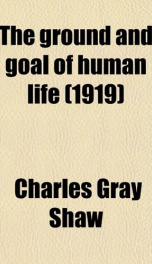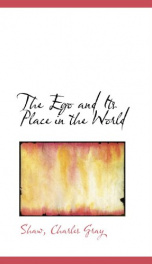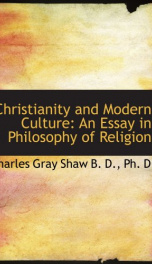the ground and goal of human life

Purchase of this book includes free trial access to www.million-books.com where you can read more than a million books for free. This is an OCR edition with typos. Excerpt from book: and placed it as the ruler of the noumenal order, he limited its activities to the moralistic work of fulfilling the demands of the Categorical Imperative, so that the self was as a prisoner in its own castle. The Kantian aesthetics, which tended to deliver the mind from the logical concept and the moral law, did indeed represent the possibilities of the inner life, where intuition and taste were supreme; hence we may attribute a goodly measure of the Romantic revolt which was to follow, to no other influence than the sense of freedom and feeling of creativeness which this aesthetic engendered. Yet, in all three phases of Transcendentalism, the sense of inner life and the buoyancy of the human will show themselves to have been infected with a touch of low- spiritedness. II. THE ACTUAL NATURALIZATION OF LIFE The modern movement toward the naturalization of human life was something more than a theoretical attitude; it was an attempt on the part of man to live his life in the world as such. With both classicism and Christianity, the immediate relation of man to nature had been negated, even when, as a matter of fact, the imperfect conditions of civilization had made that relation a most essential one. With the modern, when for the first time man begins to separate his life from the world, the spirit of paradox worked in such a manner as to make the life of immediacy seem desirable. Not only admitting that man was a creature of earth, modern thought seemed to take pleasure in the thought; whence it set up the ideal of immediate human realization by means of a system of utility. In the case of the earlier forms of life which had characterized the culture of the western world, there was a desire to consider man in such a humanistic capacity as to makethe obvious relation to the ex...
Info about the book
Author:
Series:
Unknown
ASIN:
B0076UYD78
Rating:
5/5 (1)Your rating:
0/5
Languge:
English
Users who have this book
Users who want this book
What readers are saying
What do you think? Write your own comment on this book!
write a commentif you like the ground and goal of human life try:
Other books by this author
Do you want to exchange books? It’s EASY!
Get registered and find other users who want to give their favourite books to good hands!




